Web conferencing solution RFP
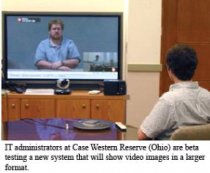 Until recently, the words "web conferencing" conjured up the image of small-framed and jerky video that was akin to bad cartoon animation. Voices would speak, but there would be no movement on screen. Video would often freeze. Viewers would have to draw on stores of patience as they helplessly waited for the picture and sound to adjust to each other.
Until recently, the words "web conferencing" conjured up the image of small-framed and jerky video that was akin to bad cartoon animation. Voices would speak, but there would be no movement on screen. Video would often freeze. Viewers would have to draw on stores of patience as they helplessly waited for the picture and sound to adjust to each other.
During the past few years, a number of companies have improved web conferencing software, making it more of a viable option for online learning and other applications. The proliferation of broadband has also helped push the trend, allowing senders and receivers to stream rich media right to the desktop with fewer snags.
Web conferencing can refer to a simple online setup-an instant messaging program that allows for group discussion-or something far more sophisticated. In most cases, each participant in a web conference has a web cam to capture video, a mic to capture audio, speakers, and a software program to bundle everything together and help broadcast it on the web. New voice-over IP technologies (VoIP) are creating the possibility for the mic and the speakers to be housed in a computer, but many systems still use telephone technology and speakers attached to a computer to deal with the audio portion.
Overall, participants can view video, see slide shows, participate in posting to an interactive whiteboard, view information on a computer desktop, share files, or answer questions through audio chat. Unlike video conferencing, a forerunner in the field, web conferencing typically services many users at once. Video conferencing systems are usually geared for a limited number of defined users-sometimes two, perhaps 10-but deliver high-resolution video images.
Video conferencing systems are usually geared for a limited number of defined users-sometimes two, perhaps 10-but deliver high-resolution video images.
Currently, almost half of college campuses (45 percent) have some type of digital delivery system, a category that includes both video and web conferencing, according to this year's College Technology Review, published by Market Data Retrieval. This year was the first that the survey asked about such systems, which at least will give higher ed a baseline on the use of this technology. The survey reveals that close to 30 percent of those who have such systems allow access from on and off campus. Users at 25 percent of the campuses that have web conferencing or digital delivery can access the technology from multiple campuses. That means there are a lot of people online in higher education, doing everything from streaming lectures, to pushing rich media and video clips, to instructing students in real time with slide presentations and other text material.
You might also like

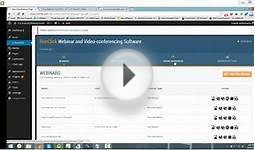


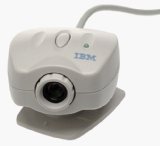
|
IBM 33L4889 Video Conferencing PC Camera (USB) CE (IBM)
|
|
Microsoft Official Course 5178A - Implementing and Maintaining Audio/Visual Conferencing and Web Conferencing Using Microsoft Office Communications Server 2007 Book (Microsoft Learning) |
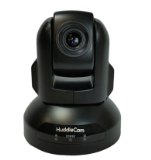
|
HuddleCam-HD 3X PTZ USB Camera PC Accessory (HuddleCamHD)
|
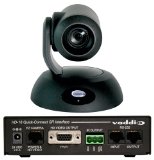
|
vaddio 999-9915-000W RoboSHOT 30 QSR System BISS (vaddio)
|
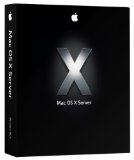
|
Mac OS X Server 10.4 Tiger - 10 Client [OLD VERSION] Software (Apple Computer)
|





